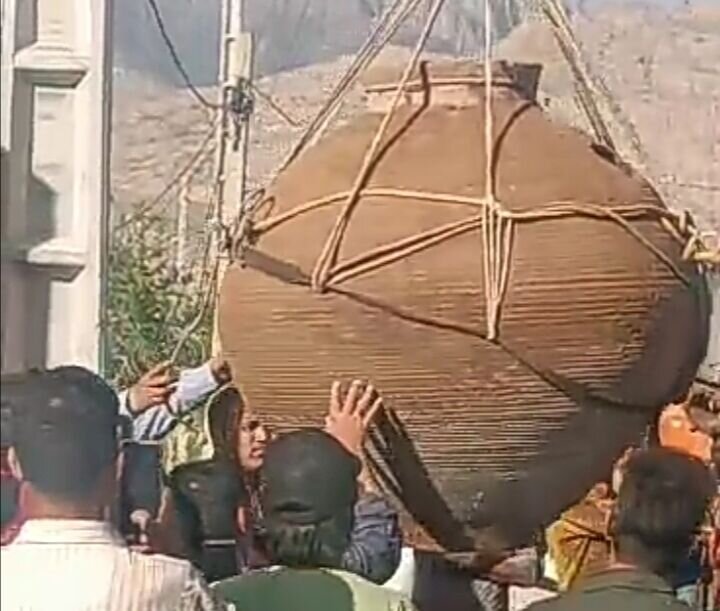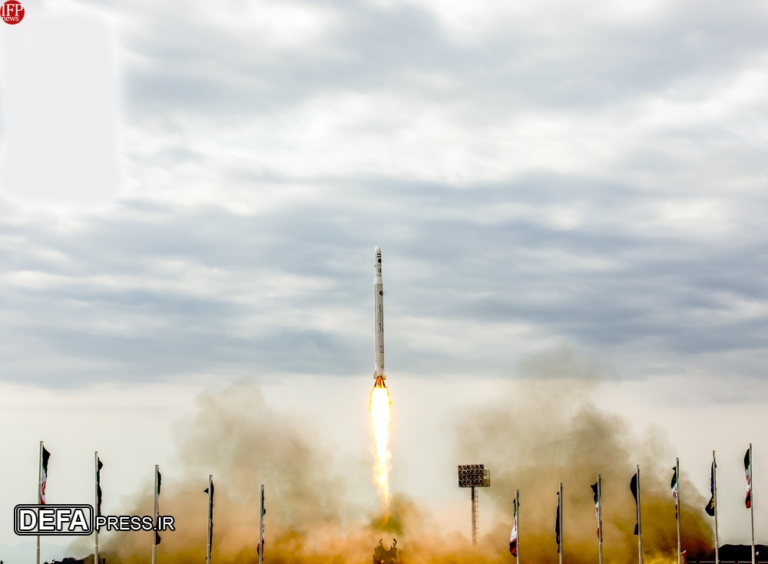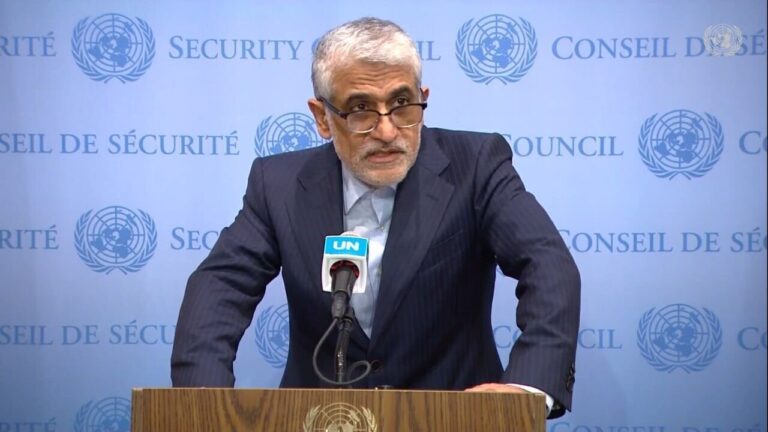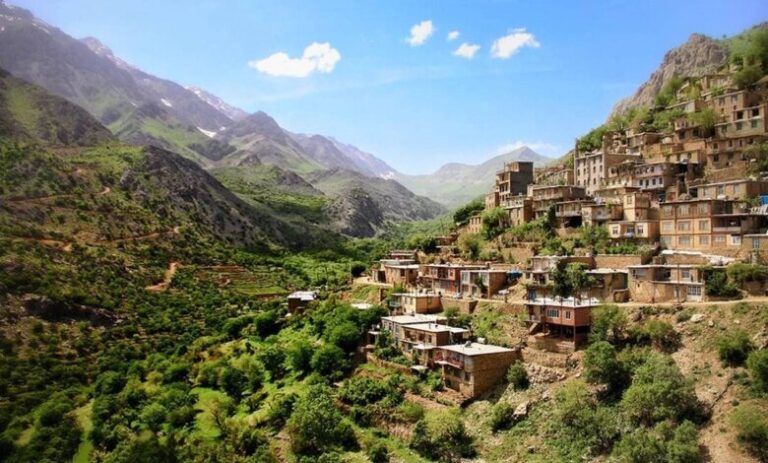Massive Sasanian-Era Jar Discovered in Southern Iran: A Stunning Archaeological Find!
In a remarkable discovery for archaeology enthusiasts, an ancient earthenware jar from the Sasanian era has been unearthed in southern Iran. The jar, believed to have historical significance, was found during routine excavation work in the village of Jelowdar, located in the Arsanjan county of Fars province. This exciting find sheds light on the rich cultural heritage of the Sasanian period, which lasted from 224 to 651 CE.
The discovery took place on Sunday while workers were digging for the installation of a power pole. According to local heritage authorities, the giant vessel is likely to have been used as a storage container for grains or food supplies. Mohammad Sabet-Eqlidi, the provincial tourism chief, shared insights with reporters, stating, “No objects such as gold, coins, or metals were found inside.” Initial assessments indicate that the jar dates back to the Sasanian period, adding to the region’s historical significance.
In response to this extraordinary find, cultural heritage protection units and archaeological experts were promptly dispatched to the site. The jar has since been transferred to the renowned World Heritage site of Persepolis for further examination and research. Sabet-Eqlidi emphasized, “Research is now underway at the Persepolis complex to determine more details about the jar’s age and historical significance.” He also noted that a precise assessment of its age and features would require additional studies by cultural heritage specialists.
The discovery quickly gained traction on social media, with a video of the find circulating widely on Monday evening. The jar’s unveiling has sparked considerable public interest in the ancient history of the region, highlighting the importance of preserving such artifacts for future generations.
As experts delve deeper into the analysis, results are anticipated to be announced following thorough evaluations. The Sasanian era holds significant importance in Iranian history, marked by a renaissance in Persian architecture and the arts. Key architectural achievements from this period include:
- Grand palaces at Ctesiphon, Firuzabad, and Sarvestan
- A highly efficient system of land use
- The strategic utilization of natural topography
- The establishment of early cultural centers within the Sassanid civilization
During this era, numerous works from both Eastern and Western cultures were translated into Pahlavi, the language of the Sassanians. This cultural exchange significantly influenced the development of Persian arts and architecture.
In 2018, the “Sassanid Archaeological Landscape of Fars Region,” which encompasses a collection of Sassanian historical cities in southern Iran, was designated as a UNESCO World Heritage site. This ensemble includes eight archaeological sites located in three distinct geographical areas: Firuzabad, Bishapur, and Sarvestan. The World Heritage site exemplifies the optimized usage of natural topography and reflects the influence of Achaemenid and Parthian cultural traditions. Furthermore, it showcases Roman artistic styles that later impacted the architectural and artistic expressions of the Islamic era.
The ongoing research into the recently discovered jar is vital for understanding the broader context of Sasanian civilization. As experts continue their investigations, the findings will contribute to a deeper appreciation of Iran’s rich historical tapestry and its cultural heritage.
In summary, the unearthing of this ancient earthenware jar not only highlights the archaeological potential of southern Iran but also reinforces the importance of preserving historical artifacts. As experts work to uncover the jar’s secrets, the anticipation surrounding its findings reminds us of the enduring legacy of the Sasanian era and its contributions to Persian history.






